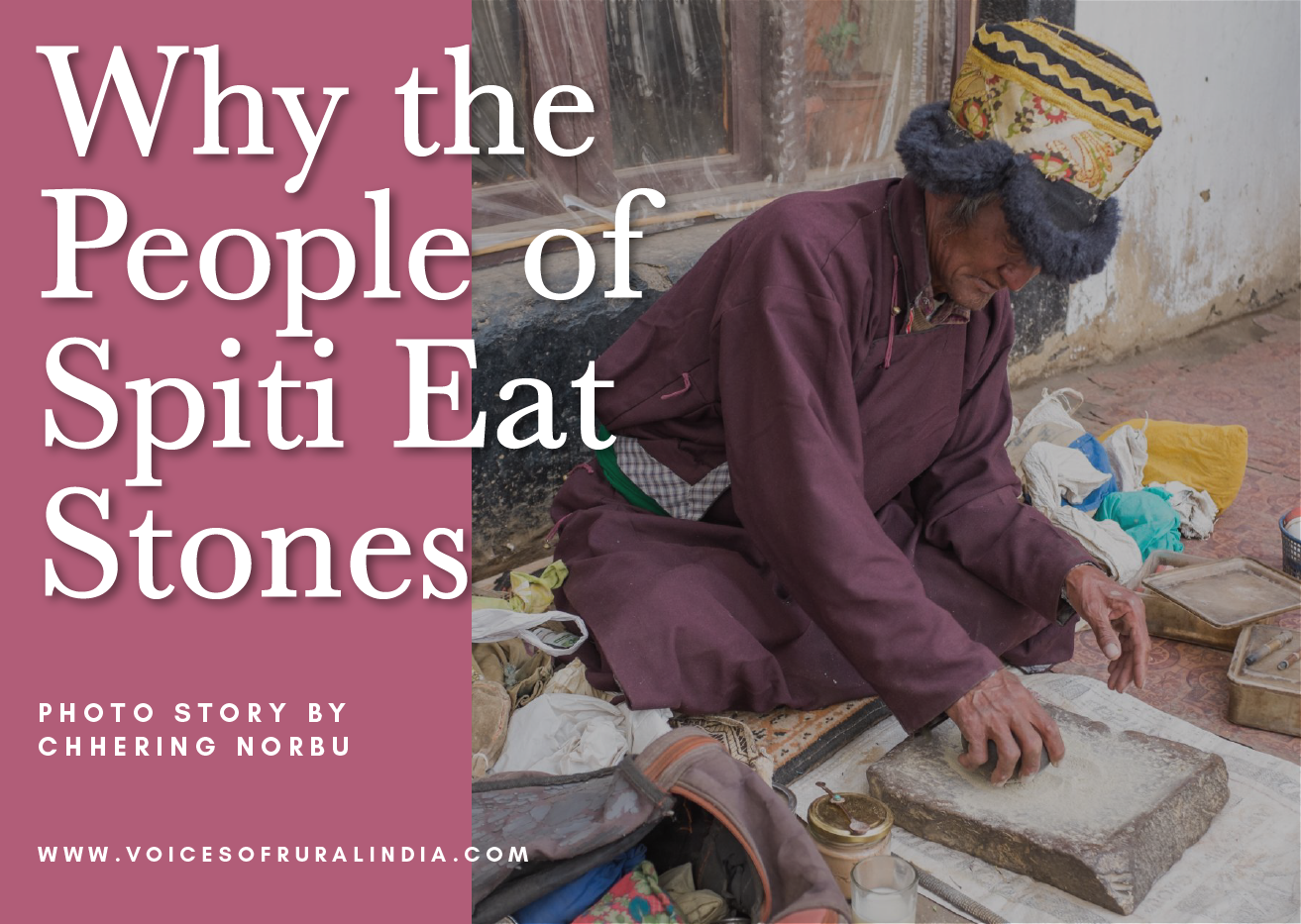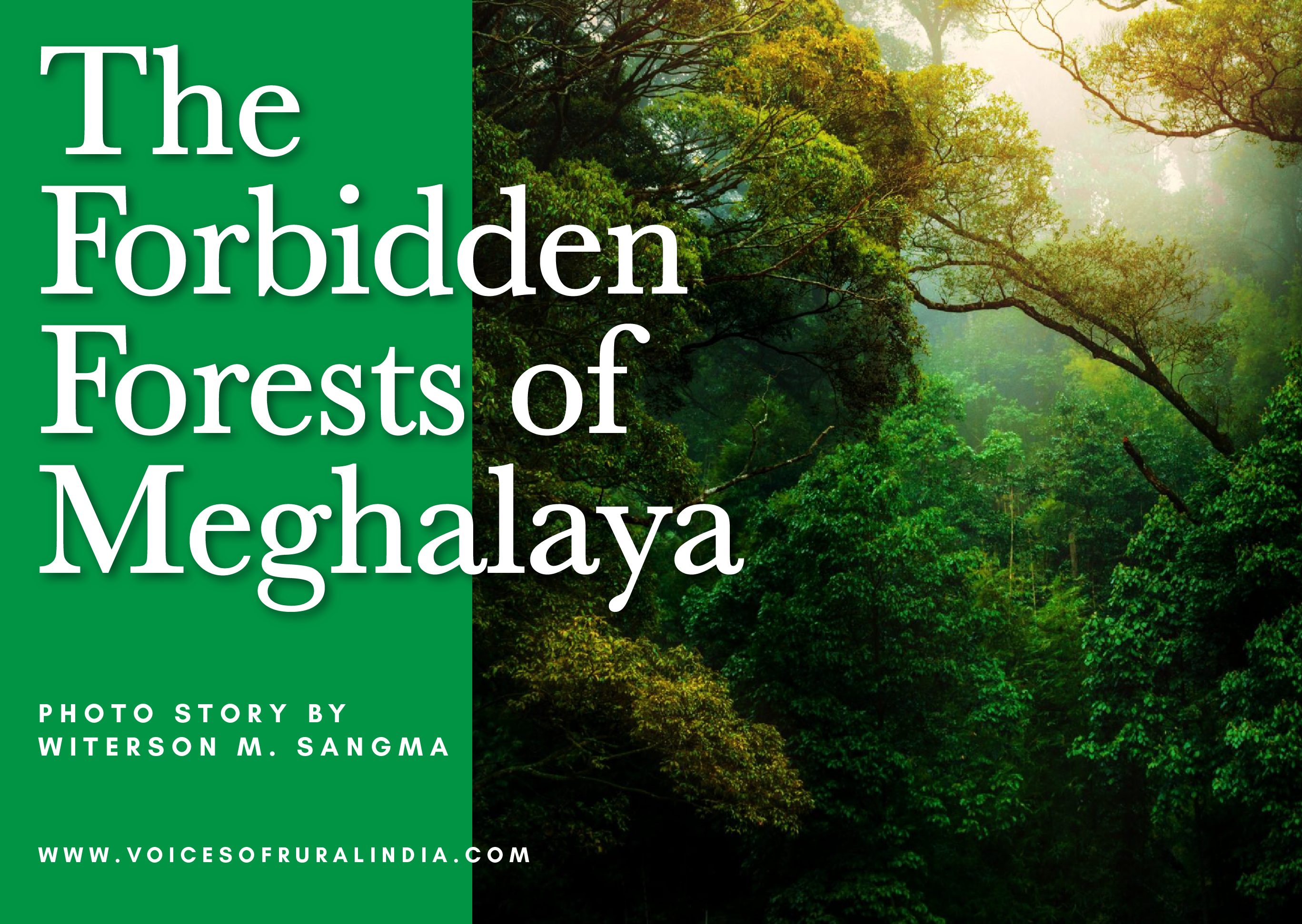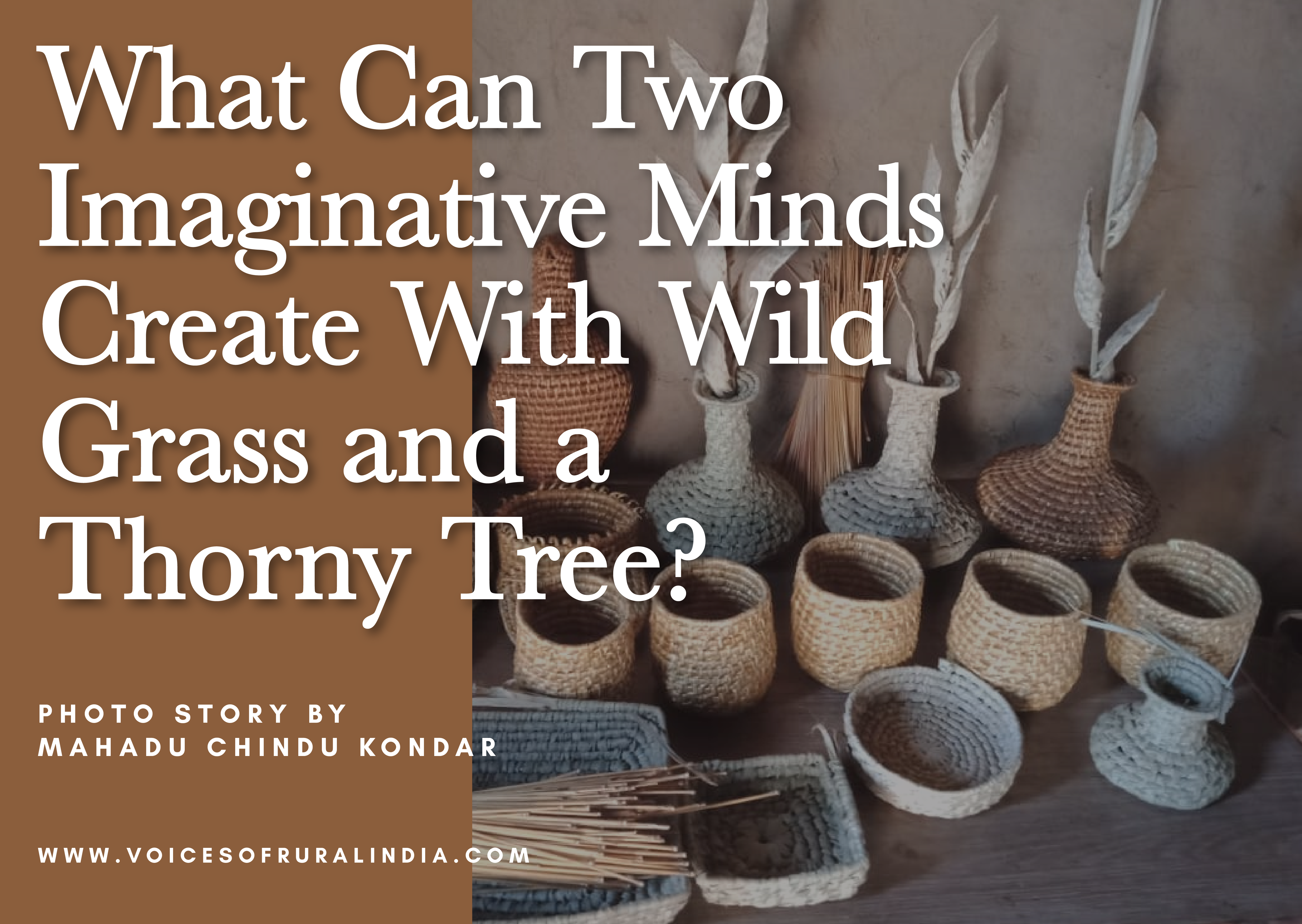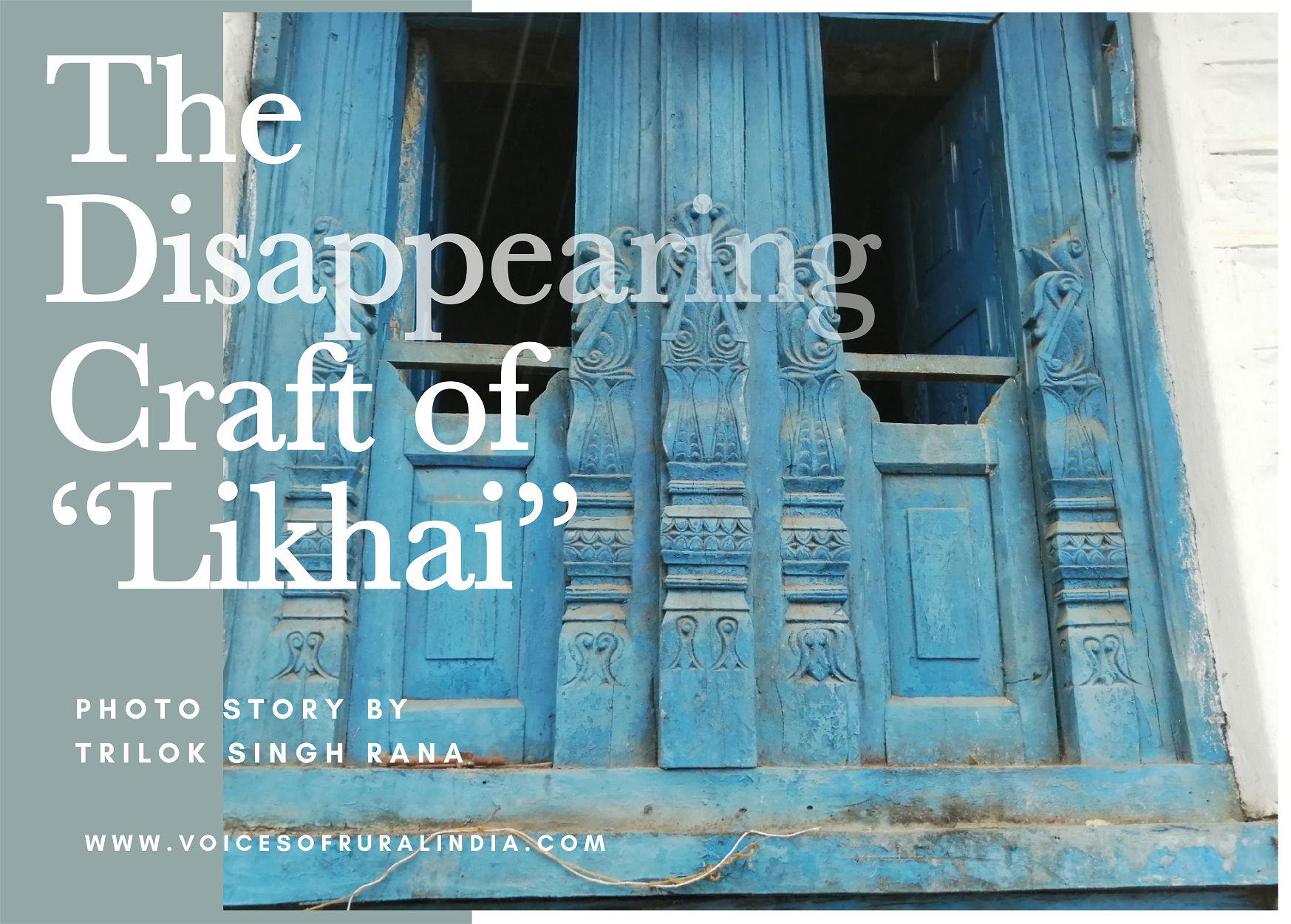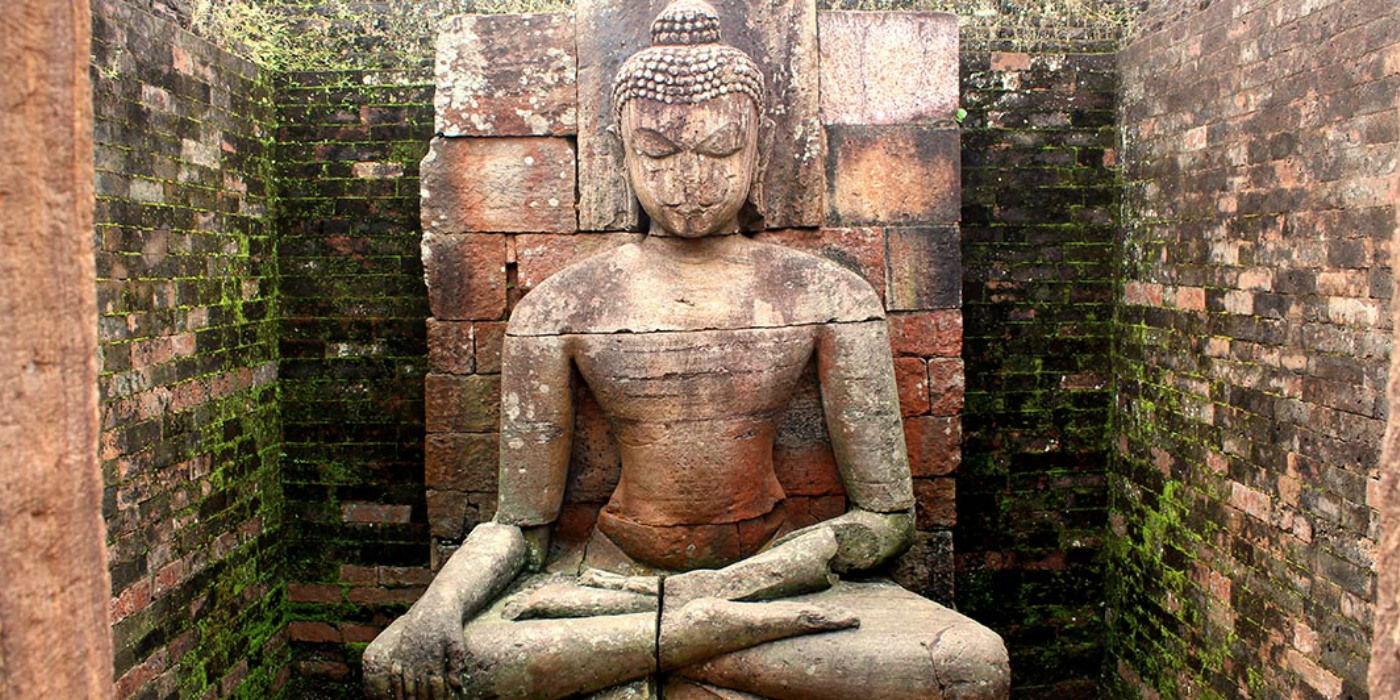
Historical Odisha was one of the first places to embrace Buddhism and many sites linked to the religion can still be found here
Historic Odisha was the cradle of Buddhism. The first two lay disciples of the Buddha, after he attained enlightenment, were from this ancient and beautiful land. Buddhism thrived here from the 6th century BC to around the 15th century AD. It was on the battlefield of Kalinga, the ancient name of Odisha, that Emperor Ashoka realised the futility of war and embraced Buddhism. It is from the seaports of Kalinga that Buddhist monks set sail to take the teachings of the Buddha to distant lands. Even today, Odisha is home to numerous historic Buddhist sites, some world famous and others still hidden away in tiny hamlets and villages. For pilgrims and travellers interested in Buddhist culture and heritage, the state is a veritable treasure trove of Buddhist built heritage.
Even other travellers visiting the state would find it rewarding to plan day trips to these sites, many of which are located close to Odisha’s top destinations.
While the state has around 200 significant Buddhist sites, here’s a closer look at some of the more prominent ones:
The Diamond Triangle - Lalitagiri, Ratnagiri and Udaygiri
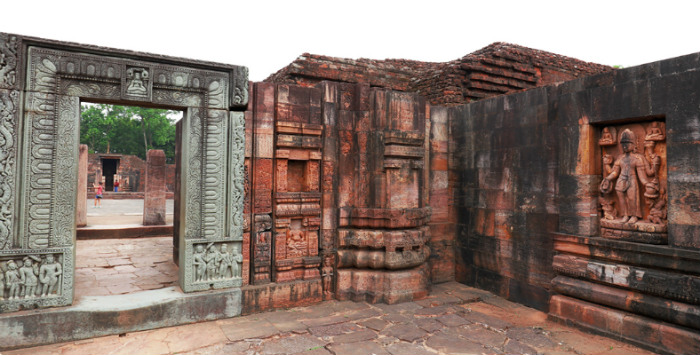
(Photo: Odisha Tourism; the intricately carved entrance gate at Ratnagiri is among the most photographed Buddhist structures in the world)
Located about 100km from the state capital of Bhubaneswar, is the most popular Buddhist Circuit in the state collectively known as the Diamond Triangle. Lalitagiri, Ratnagiri and Udaygiri are located close to each other in Jajpur, erstwhile Biraja that is considered as one of the most important places associated with Buddhism in India.
The oldest is Lalitagiri that has ruins of a monastery built in the 1st century AD. The monastery was a centre for both Hinayana and Mahayana sects of the religion. It is believed that the centre flourished till the 13th century, by which time it was practicing Vajrayana Buddhism. The stunning ruins consist of the main stupa or Mahastupa, prayer halls, a large number of Votive stupas. The museum here displays a number of stunning artefacts, including statues of the Buddha, Tara and Jambhala.
Located close by is Udaygiri, the biggest and the least excavated of the sites in the triangle. Here you will find ruins of two monasteries. There are stunning sculptures and remains of Mahastupas and prayer halls. The panoramic views from the hilltop are also not to be missed. Look out also for the lion statue at the base of the hill, as well as the Avalokitesvara here. This site is also a birder’s delight as many native bird species can be found among the ancient ruins.
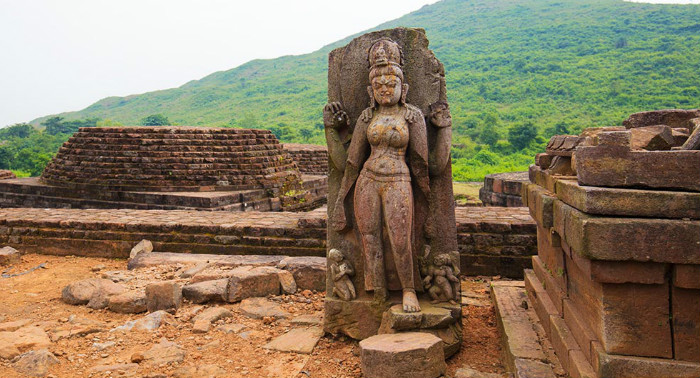
(Photo: Odisha Tourism; a well-preserved sculpture amidst the ruins of Udaygiri)
Ratnagiri, which once upon a time rivalled Nalanda, is among the best-excavated sites in the state. The intricately carved entrance gate here is famous as it is among the most photographed Buddhist structures in the world. Its monastery with the unique curvilinear roof (the only one of its kind in India), votive stupas, commemorative stupas, Mahastupa and the many statues of the Buddha are stunning. The statue of the Buddha in the Bhumisparsha mudra in the main monastery with the statues of Padmapani and Vajrapani on either side is also not to be missed.
Info: The three sites, Lalitagiri, Ratnagiri and Udaygiri, are located in the Jajpur district within close proximity of each other. Bhubaneswar is about 100km away. All three sites can be part of a long day trip from the capital city.
Langudi
There are many stunning Buddhist sites beyond those found in the Diamond Triangle. Like Langudi, which is also in Jajpur and so can be visited while covering the Diamond Triangle. Like in the sites mentioned earlier, at Langudi too the monuments and ruins are on top of a hill. The ruins were identified as Pushpagiri, which is mentioned in the text of famous historic Chinese traveller, Hsuan Tsang. The excavations here were carried out quite recently, between 1996 and 2006. The ruins here include the remains of rock-cut stupas, rock-cut caves, statues and sculptures.
Info: Langudi lies close to both Lalitagiri and Udayagiri, just over 20km from these sites, and so can be a quick detour during the Diamond Triangle tour.
Dhauli or Dhauligiri
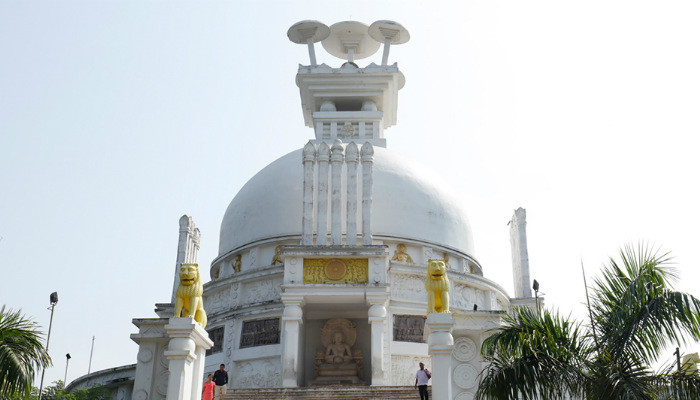
(Photo: Odisha Tourism; the Japanese built pagoda at Dhauli)
Dhauli, while not as famous as the Diamond Triangle sites, is one of the most important Buddhist sites in the state. This is believed to be the site of the Kalinga war. Some of the famous rock edicts of Ashoka can also be found here. The rock cut elephant above the edicts is considered the earliest Buddhist sculpture in the state. There are ancient rock-cut Buddhist monuments set in caves here, as well as a much newer peace pagoda built by the Japanese Buddhist Sanga in the1970s.
Info: This site is located just 8km from Bhubaneswar and makes for an easy day trip from the city.
Kuruma
Most travellers visiting Odisha will make a journey to Konark to be awestruck by the Sun Temple. Just 7km from Konark is another religious site. In the quiet village of Kuruma are the ruins of a Buddhist monastery that dates back to the 9th-10th centuries. Before this site was excavated in the 1970s, idols and statues of the Buddha were found near a pond here. Today, travellers can see the remains of blocks, monks’ cells, shrine and courtyard. This is the only Buddhist site in Odisha close to the coast.
Info: Kuruma is located 7km from Konark, which is home to the famous Sun Temple.
Balasore and Bhadrak
Balasore has a lot to offer to the tourist. The region has a long history, with Mughal, Maratha, British, Dutch and other European influences. Places of tourist interest include the Chandipur Beach, numerous temples including the Khirachora Gopinath Temple dating back to the 13th century and palaces. Lesser known is its Buddhist link. Like the 11th century Marichi temple in Ajodhya, where the idols of Durga and Buddha are worshipped together. There is also a stupa in the temple complex. Ruins of a Buddhist monastery and temple can be found in Kupari. Across this district can be found scattered Buddhist ruins and statues, like in Khadipada and Soro. In Kupari village in Bhadrak, about 65 km from Balasore, there are ruins of an ancient Buddhist monastery and temple. Portions of it, especially a hall with many pillars, is quite well preserved.
Info: Balasore is located about 194km from Bhubaneswar and 150km from Kolkata. The Chandipur beach and a number of famous temples here, apart from the Buddhist sites mentioned above. Bhadrak is located about 65km from Balasore and can be a day trip.
Jirang/Chandragiri
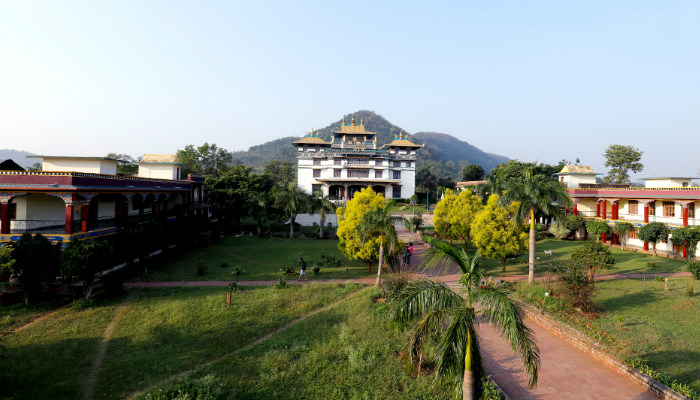
(Photo: Odisha Tourism; the Padmasambhava Monastery in Jirang, considered as Odisha's Little Tibet)
This is Odisha’s very own little Tibet. When the Tibetans fled their homeland and came to India after the Chinese invasion of 1959, one group was settled here. His Holiness the Dalai Lama inaugurated the Padmasambhava Monastery here in 2010. At Jirang it isn’t ruins that you will find, but a living and thriving Buddhist culture.
Info: Berhampur or Brahmapur is the closest big city and is about 100km from Jirang. Berhampur is located in Ganjam district and is known for silk weaving. The well-known beach destination of Gopalpur by Sea is just 15km away.
(Disclaimer: This article is published in association with Odisha Tourism)


